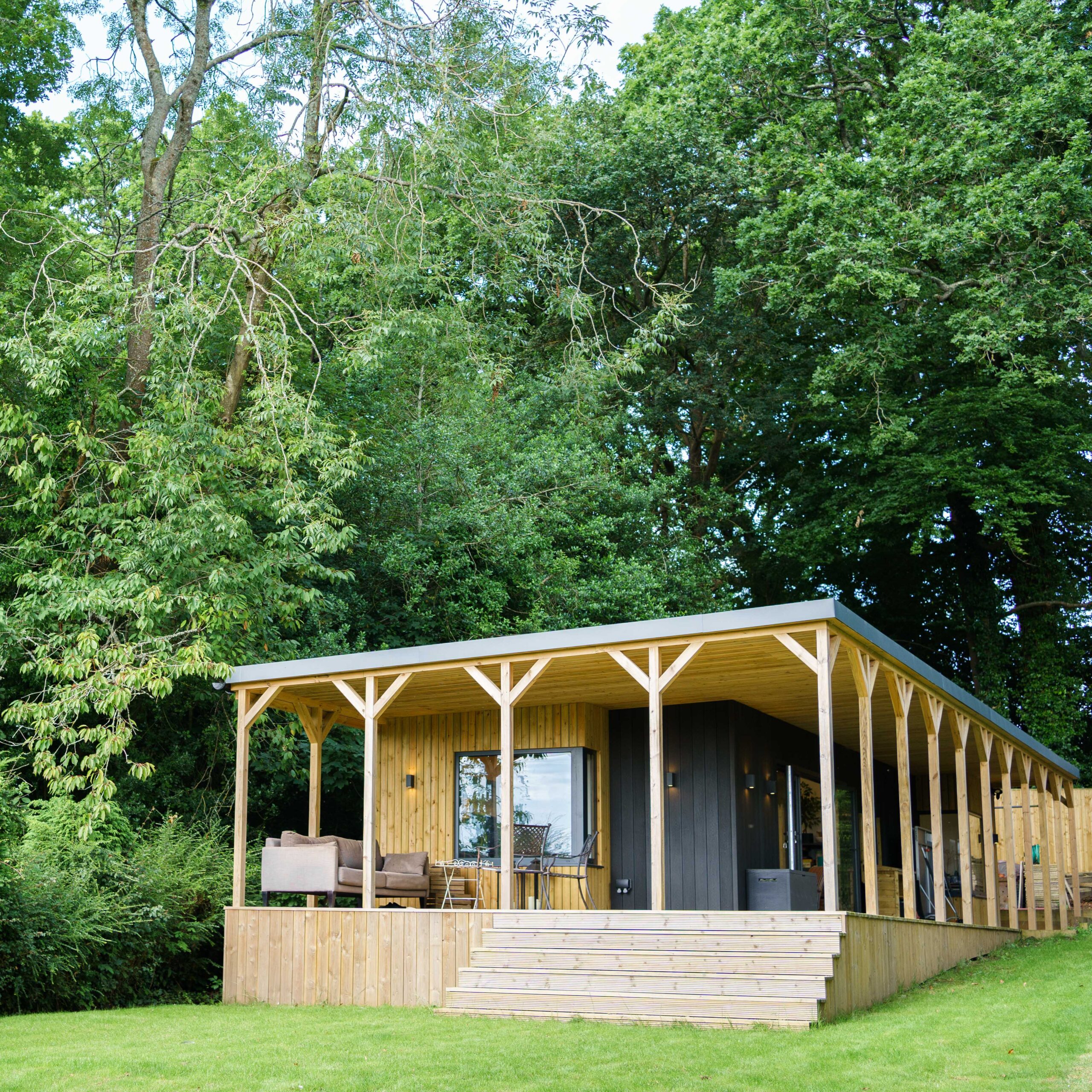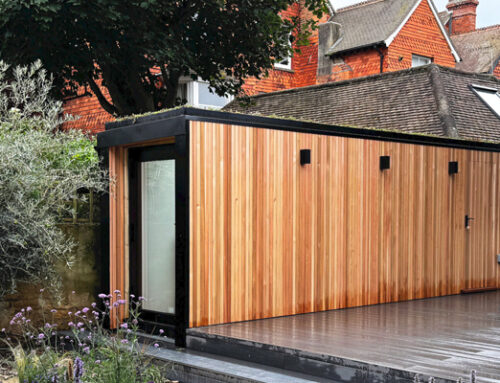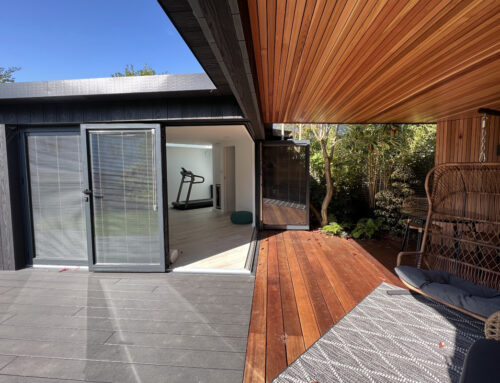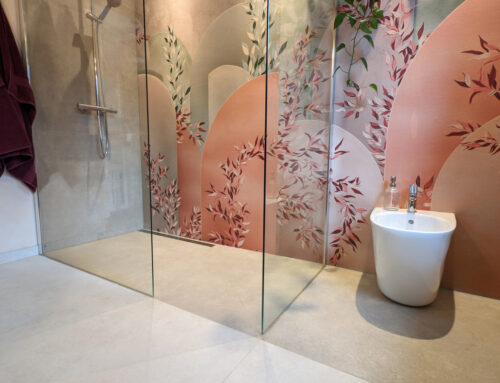Designing a garden room is an exciting project. It promises extra space, greater flexibility, and a new way to enjoy your home and garden. Yet with so many decisions to make, it is easy to overlook certain details that can affect how well the room works in the long run. From planning to materials to layout, small missteps can limit the comfort and usefulness of your new space.
At A Room in the Garden, we have seen how thoughtful design makes the difference between a room that feels temporary and one that becomes an integral part of daily life. To help you make the most of your investment, here are some of the most common mistakes in garden room design and how to avoid them.

1. Overlooking the Importance of Planning in Garden Room Design
One of the biggest mistakes is rushing ahead without a clear plan. A garden room should be more than an attractive structure at the end of the garden. It needs to respond to how you intend to use it, the size of your plot, and the long-term value it will add to your home.
Skipping this stage often results in rooms that feel too small, poorly positioned, or awkwardly connected to the house and garden. For example, placing a room in the shadiest corner without considering light levels can make it feel cold and uninviting. On the other hand, a space that catches the afternoon sun without adequate ventilation can quickly become too hot to enjoy.
The key is to think carefully about orientation, access, and functionality before building begins. Consider how the garden room will look from inside your home as well as how it will feel once you step into it. A little more time at the planning stage often prevents frustration later on.
2. Neglecting Insulation and Year-Round Comfort
Another common mistake in garden room design is treating it as a seasonal space. Without proper insulation, heating, and ventilation, the room may feel perfect in summer but difficult to use in colder or wetter months. This not only reduces its value but also limits its role in your daily life.
High-performance insulation in walls, floors, and roofs is essential for maintaining a consistent temperature. Double or triple-glazed windows are equally important to retain warmth in winter while preventing overheating in summer. A well-designed heating system such as underfloor heating, discreet electric panels, or even a compact wood-burning stove can add comfort without clutter.
Ventilation must also be part of the design from the outset. Trickle vents, opening windows, and roof vents keep the air fresh and protect the building from damp. Ignoring these details often results in a space that feels neglected or requires constant adjustment. By investing in insulation and ventilation from the start, your garden room becomes a true year-round extension of your home.
3. Ignoring Proportions and Layout in Garden Room Design
It is tempting to think bigger is always better, but size and layout should reflect how you plan to use the space. A room that dominates the garden can feel intrusive, while one that is too small may not serve its purpose. Misjudging proportions is one of the most frequent issues we see in garden room design.
Equally important is the internal layout. Positioning windows without considering privacy or the view can leave you with awkward sightlines or wasted natural light. Overlooking practical elements such as built-in storage, lighting points, or space for furniture can mean the room never feels complete.
A well-proportioned garden room should feel balanced in its surroundings and welcoming inside. Thinking about flow, light, and how the room connects to the garden will help ensure the design works from every angle. It is often the careful positioning of a door or the alignment of a window that transforms the experience of the space.
4. Choosing the Wrong Materials for Garden Room Design
The final mistake to avoid is compromising on materials. A garden room is an investment intended to last for many years, so quality matters. Cutting corners with cladding, glazing, or roofing often leads to higher maintenance costs and reduced comfort.
In Crawley, Horsham, and surrounding areas, weather conditions can be varied and sometimes harsh. Durable materials such as pressure-treated timber, strong foundations, and energy-efficient windows protect against both moisture and heat. Finishes should also be chosen with longevity in mind, whether you prefer a natural timber look or a more contemporary aesthetic.
Beyond durability, materials also influence how the room feels. The warmth of wood, the openness of glass, and the texture of flooring all affect the atmosphere of the space. Paying attention to these choices ensures your garden room not only performs well but also reflects your personal style.
5. Making Garden Room Design Work for You
Designing a garden room is about creating a space that feels effortless and becomes part of daily life. By taking time to plan properly, investing in insulation and ventilation, balancing proportions, and selecting quality materials, you avoid the most common pitfalls. The result is a room that is comfortable, practical, and beautiful throughout the year.
At A Room in the Garden, we specialise in tailoring garden rooms to individual homes and lifestyles. Each project is guided by conversations with our clients, ensuring the design supports their needs today and remains adaptable for the future.
If you are considering a garden room, we would be delighted to discuss your ideas and help shape them into a space that works in every sense. Contact us to arrange a consultation or request a brochure to explore the possibilities.




